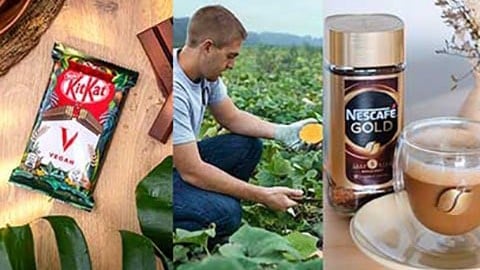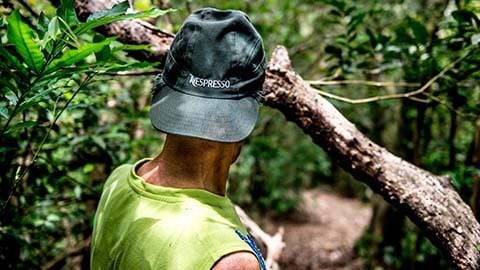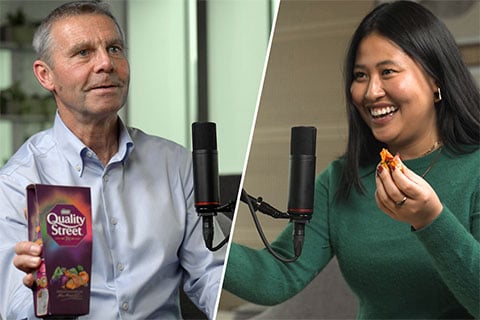Nestlé U.S. announced today that it is investing to help bring regenerative agriculture practices to wheat farms within its DiGiorno pizza brand supply chain. The company is helping wheat farmers employ regenerative agriculture practices in their fields through a combination of financial support and technical resources and assistance. These practices include planting cover crops, eliminating or reducing tillage, and reducing the use of pesticides, which can help improve soil health and soil fertility, protect water resources and enhance biodiversity.
This initiative will bring regenerative agriculture practices to over 40 000 hectares of farmland - the size of more than 53 000 football fields and nearly double the amount of land needed to grow the wheat used in its DiGiorno pizzas. Through partnerships with ADM and Ardent Mills - two primary wheat flour suppliers for DiGiorno - Nestlé's investment will benefit wheat farms across Kansas, North Dakota, Indiana and Missouri. The work will help the company accelerate the transition to regenerative agriculture in its supply chains.
"At Nestlé our aim is to help leave the world better than we found it, and as the world's largest food and beverage company, we have a tremendous opportunity to help create a regenerative, healthy food system while also working with the local farming communities that employ it," said Steve Presley, CEO, Nestlé Zone North America. "To do this we need to find solutions that create shared value throughout the ecosystem - value for us, value for farmers, value for consumers, and value for the planet. This investment in wheat producers is just one example of how we are bringing this commitment to life across our supply chain."
ADM recently measured some outcomes of farmers who have implemented regenerative agriculture methods and reported that the wheat farms in the program that used cover crops or living roots in 2022, helped to sequester more than 3 800 metric tonnes of CO2e - that's equivalent to taking nearly 850 gas-powered cars off the road for one year. Scott Stroberg of Stroberg Farm in Hutchinson, Kansas, who has been growing wheat for ADM over the last decade, has implemented regenerative agriculture practices on his farm, including replacing synthetic fertilizers with natural alternatives, and is now introducing cover crops with the support of ADM and Nestlé.
"Our family introduced regenerative agriculture practices on our farm after noticing a decline in our yields and deterioration of the health of our soil," said Stroberg. "These methods have not only been good for our land and the environment, but we've also seen a financial benefit as we are spending less on inputs like synthetic chemicals."
Today, nearly two-thirds of Nestlé's global greenhouse gas emissions come from sourcing ingredients, which is rooted in agriculture. As part of its detailed roadmap to achieve net zero emissions by 2050, the company aims to source 20% of its key ingredients through regenerative agricultural methods by 2025, and 50% of its key ingredients by 2030.







